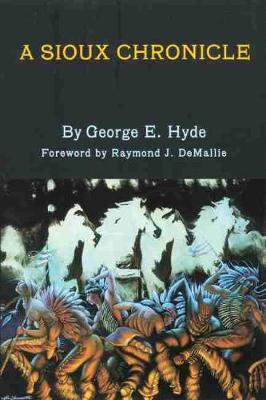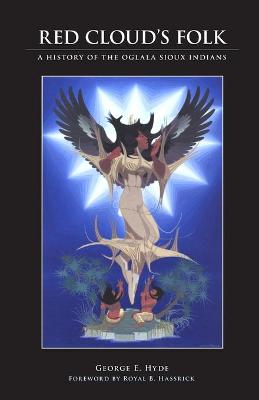The Civilization of the American Indian
1 primary work • 5 total works
Book 64
George Hyde spent more than thirty years collecting materials for his history of the Pawnees. The story is both a rewarding and a painful one. The Pawnee culture was rich in social and religious development. But the Pawnees' highly developed political and religious organization was not a source of power in war, and their permanent villages and high standard of living made them inviting and 'fixed targets for their enemies.
They fought and sometimes defeated larger tribes, even the Cheyennes and Sioux, and in one important battle sent an attacking party of Cheyennes home in humiliation after seizing the Cheyennes' sacred arrows. While many Pawnee heroes died fighting off enemy attacks on Loup Fork, still more died of smallpox, of neglect at the hands of the government, and of errors in the policies of Quaker agents.
In many ways The Pawnee Indians is the best synthesis Hyde ever wrote. It looks far back into tribal history, assessing Pawnee oral history against anthropological evidence and examining military patterns and cultural characteristics.
Hyde tells the story of the Pawnees objectively, reinforcing it with firsthand accounts gleaned from many sources, both Indian and white.
Thus the story of Spotted Tail is the story of the Brule struggle against being made into imitation whites overnight, even when they were forced on the reservation, where they were expected to farm the land, raise cattle, send their children to school, and adopt Christianity-all at once.
The assassination of Spotted Tail in 1881 by his political enemy, Crow Dog, ended the history of the Brule Sioux as a tribe. With the great voice stilled, at Rosebud Agency only the voices of little men were heard, quarreling about little matters. With his death, the government effected its purpose: to break the tribal organization to bits and put the Brules under the control of their white agent.



